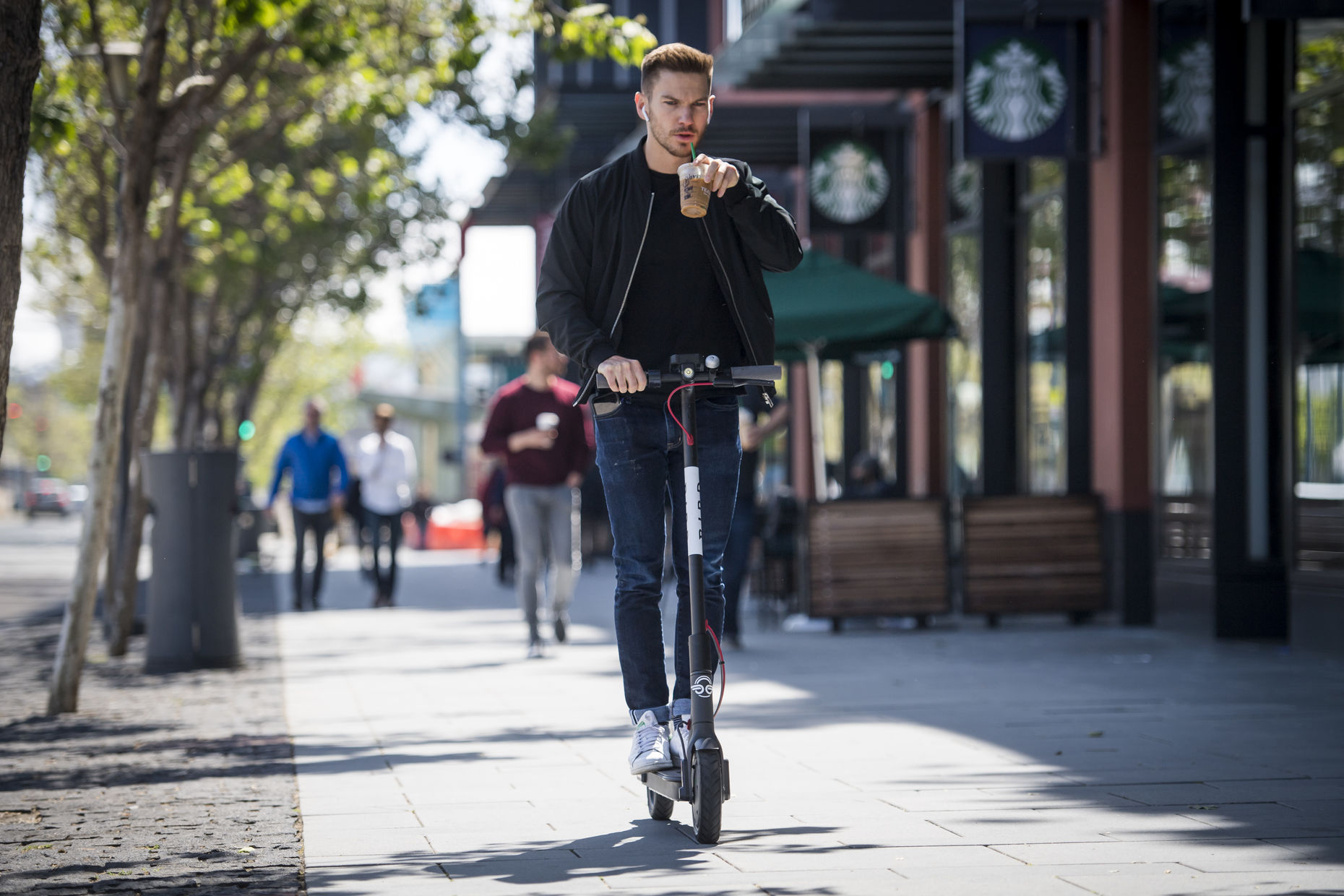 Young entrepreneurs are not exclusive to our modern era- young people have been breaking ground throughout history. The founders of Pizza Hut are a great example from the 20th century. When Frank and Dan Carney were in their twenties, they started the first restaurant with just a $600 loan from their mother which they used to convert a small bar in Wichita, Kansas into their storefront. These humble beginnings in 1958 quickly took root and Pizza Hut lead the charge in the franchising of restaurants. Within only 10 years they had grown from one store to over 300 locations. By 1970 Pizza Hut was international and in 1977 the Carney brothers sold the company to the powerhouse, PepsiCo.
Young entrepreneurs are not exclusive to our modern era- young people have been breaking ground throughout history. The founders of Pizza Hut are a great example from the 20th century. When Frank and Dan Carney were in their twenties, they started the first restaurant with just a $600 loan from their mother which they used to convert a small bar in Wichita, Kansas into their storefront. These humble beginnings in 1958 quickly took root and Pizza Hut lead the charge in the franchising of restaurants. Within only 10 years they had grown from one store to over 300 locations. By 1970 Pizza Hut was international and in 1977 the Carney brothers sold the company to the powerhouse, PepsiCo.
The success of the Carney brothers was the result of their perceptiveness to the changes in the world around them and their anticipation of the future. As business graduates of Wichita State University, they had a background in the field and had studied the successful fast-food chains. Dan was especially interested in franchising foodservice -something that was not common at that time. So convinced that this was the future of foodservice, Dan attempted to write his master’s thesis on franchising, but his professor would not accept it. Ironically Dan failed to earn his master’s degree because of an idea that revolutionized the world of foodservice for good- his successes can attest to the validity of his views much stronger than any degree.

The first Pizza Hut
These brothers foresaw the future of fast food and used their simple means and education to pizza into the game-a food which is now viewed as a staple in the industry. They did not have the luxury of entrepreneurship classes to learn how to start a franchise, but through careful observation, they were able to find their niche and rupture the market. After selling Pizza Hut both brothers stayed involved in the business world. Dan remained as President and board member for a few more years and has sat on the board of various Kansas branches of charities and businesses. Frank even went on to help in the founding of another popular pizza chain-Papa John’s. The Carney brothers are remarkable examples of resourcefulness, determination, and character as they have used their successes to give back to their community in many ways.

 Milton S. Hershey’s story didn’t end with the successful establishment of the Lancaster Caramel Company, instead, he continued to explore ways to improve the world around him within the realm of what he knew best-candy. At the World’s Colombian Exposition in Chicago he was introduced to chocolate making which inspired him to make this then delicacy accessible to the general public. He sold his caramel company for one million dollars, and founded the Hershey Chocolate Company which (as we know) became even more successful than his prior endeavor. The amazing part of Hershey’s story is not his drive, nor his multiple successes, but what he chose to do with these blessings. Instead of leading the life of luxury he had earned, Hershey chose to live modestly and cultivate his community to create better opportunities for those around him. He built churches, parks, housing, transportation, and other amenities for his workers, and with no children of his own, he founded a school to give other boys and
Milton S. Hershey’s story didn’t end with the successful establishment of the Lancaster Caramel Company, instead, he continued to explore ways to improve the world around him within the realm of what he knew best-candy. At the World’s Colombian Exposition in Chicago he was introduced to chocolate making which inspired him to make this then delicacy accessible to the general public. He sold his caramel company for one million dollars, and founded the Hershey Chocolate Company which (as we know) became even more successful than his prior endeavor. The amazing part of Hershey’s story is not his drive, nor his multiple successes, but what he chose to do with these blessings. Instead of leading the life of luxury he had earned, Hershey chose to live modestly and cultivate his community to create better opportunities for those around him. He built churches, parks, housing, transportation, and other amenities for his workers, and with no children of his own, he founded a school to give other boys and


 cause, Keller and Quinn expanded their enterprise to incorporate customers directly through a college ambassador program. It began with a bus tour across the nation stopping at college campuses to sell, and then transport the students to local hospitals to deliver the gifts first hand. On top of this, product offerings have broadened to blankets, apparel, accessories, even bling for pets, and beyond.
cause, Keller and Quinn expanded their enterprise to incorporate customers directly through a college ambassador program. It began with a bus tour across the nation stopping at college campuses to sell, and then transport the students to local hospitals to deliver the gifts first hand. On top of this, product offerings have broadened to blankets, apparel, accessories, even bling for pets, and beyond.